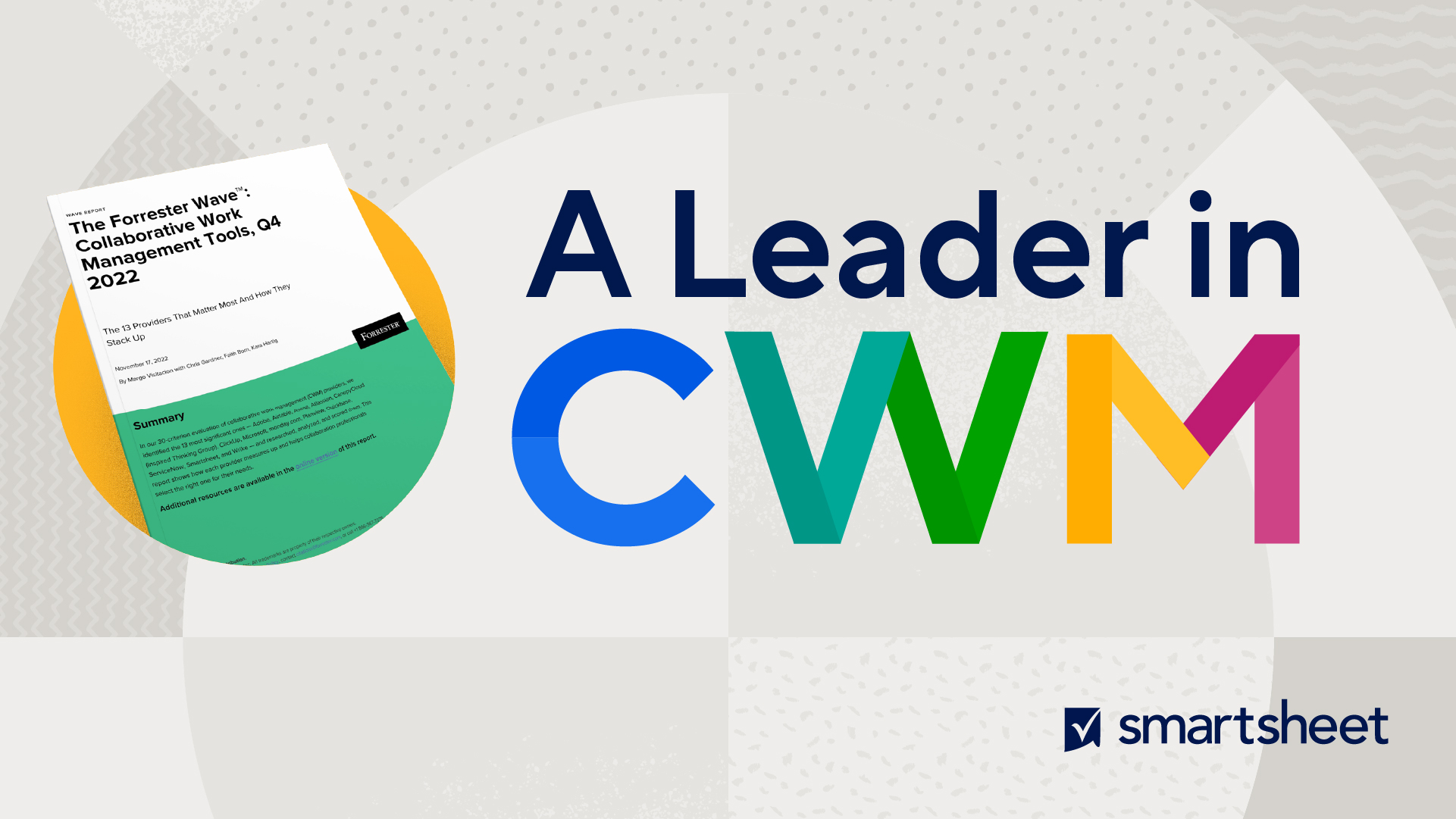Article
No setbacks, just head-starts: how the right platform can champion process
How the right platform can champion process
You’ve just been struck with a great idea that will help drive organisational change. A new process that cuts out legacy paper methods. A short form that saves your team 15 minutes of their day. A way to take the stress out of managing creative. So how do you find the right platform to support it?
Before you can implement your groundbreaking idea in the workplace, you’ll likely come up against a few roadblocks. Integrating new platforms with existing systems can be complex, made more challenging when you throw legacy technology into the mix. Plus, reluctance to embrace change can permeate across entire businesses, matched with difficulty in finding the time to help your team learn new processes.
But, there is a way to navigate these obstacles.
In this post, we’ll provide tips and tricks on how you can find a new platform that powers your team’s process, coupled with real-life examples of how businesses teamed up with Smartsheet to turn their ideas into reality.
How to choose your work management platform
1. Problem recognition
Before you get started with a new platform, you need to fully grasp your current positioning. Exploring where you’re winning – and where you’re not – is the best place to start.
Ask:
- What’s working now? What isn’t working?
- Which processes do you need to be completely changed, adjusted, or kept?
- What is the most critical area of improvement?
Spanish life sciences organisation Galenicum doubled in size over three years, outgrowing their manual collaboration processes. They needed a way to coordinate data for different departments across different countries, with a cloud-based system to provide a single source of truth. With a new system to boost communication and reviews, Galenicum has saved “at least 300 hours per year”.
2. Identifying your needs
To find a solution that works, you should think about the specific needs of your team, considering any existing infrastructure, compliance processes, and user ability.
For example, you may need a cloud-based solution that gives global users access to data without compromising security. Or, a tool that automatically syncs data for an up-to-date single source of truth. Maybe customisation is more important, with the ability to tailor the view and complexity to each user, allowing you to share the same information with clients, stakeholders and team members.
Whatever those needs are, choose a program that addresses them directly with a range of functions that make it easy for anyone across the company to use.
Ask:
- Does this platform help teams like mine face their challenges?
- Will stakeholders and leadership be open to adopting it?
- Is it going to be easy to integrate with other systems we have in place?
Swedish retail tech company Pricer worked with AMX Partners to build a proprietary project management platform in-line with their needs, integrating Smartsheet, Salesforce and Microsoft Teams. They needed to ensure data security, giving users different access privileges, aligned with their roles, while keeping the tool simple and relevant for each department, giving teams a “common ground” for collaboration.
3. Finding the right platform
You’ve outlined your needs and found a handful of suitable alternatives. Now’s the time to find the right fit for your team. If you’re suggesting a new software solution, it’s up to you to explore any demos and tutorials to observe how their platforms work – including what their interface looks like and some of the key functionality available.
Ask:
- What are the potential risks of adopting this solution?
- What are its costs and benefits?
- How supportive is the platform’s sales team?
4. Making your chosen solution work for you
Once you have access to your new platform, you’ll need to onboard your team, making sure that every stakeholder knows how to use it. Working with your team to collect feedback will be useful to identify any areas that still need tweaking.
You might only need to make a small change, like switching from visualising work in Grid to a Gantt chart. Or you might need to think bigger, like building a mobile app that further simplifies how your team collaborates. Either way, review your decision once it’s been made to assess if it can work in the long term.
German manufacturer HIT Holz worked with AMX Partners to gradually roll out Smartsheet in their organisation. They began using Smartsheet to support their procurement tracking processes, introducing the tool through biweekly training sessions. As awareness grew, use-cases “exploded” across the company, with employees asking for more workflows, to streamline different areas of their work. Frequent touchpoints and a strong feedback loop with AMX Partners allowed HIT Holz teams to establish processes that worked for them.
Power your process
The right platform enables processes that power successful businesses from the inside. It’s how big companies stay agile and small companies overtake rivals.
The Smartsheet platform makes it easy to plan, capture, manage, and report on work from anywhere, helping your team be more effective and get more done. Report on key metrics and get real-time visibility into work as it happens with roll-up reports, dashboards, and automated workflows built to keep your team connected and informed.
There’s no shortage of great ideas. Only of great processes to make them real.


